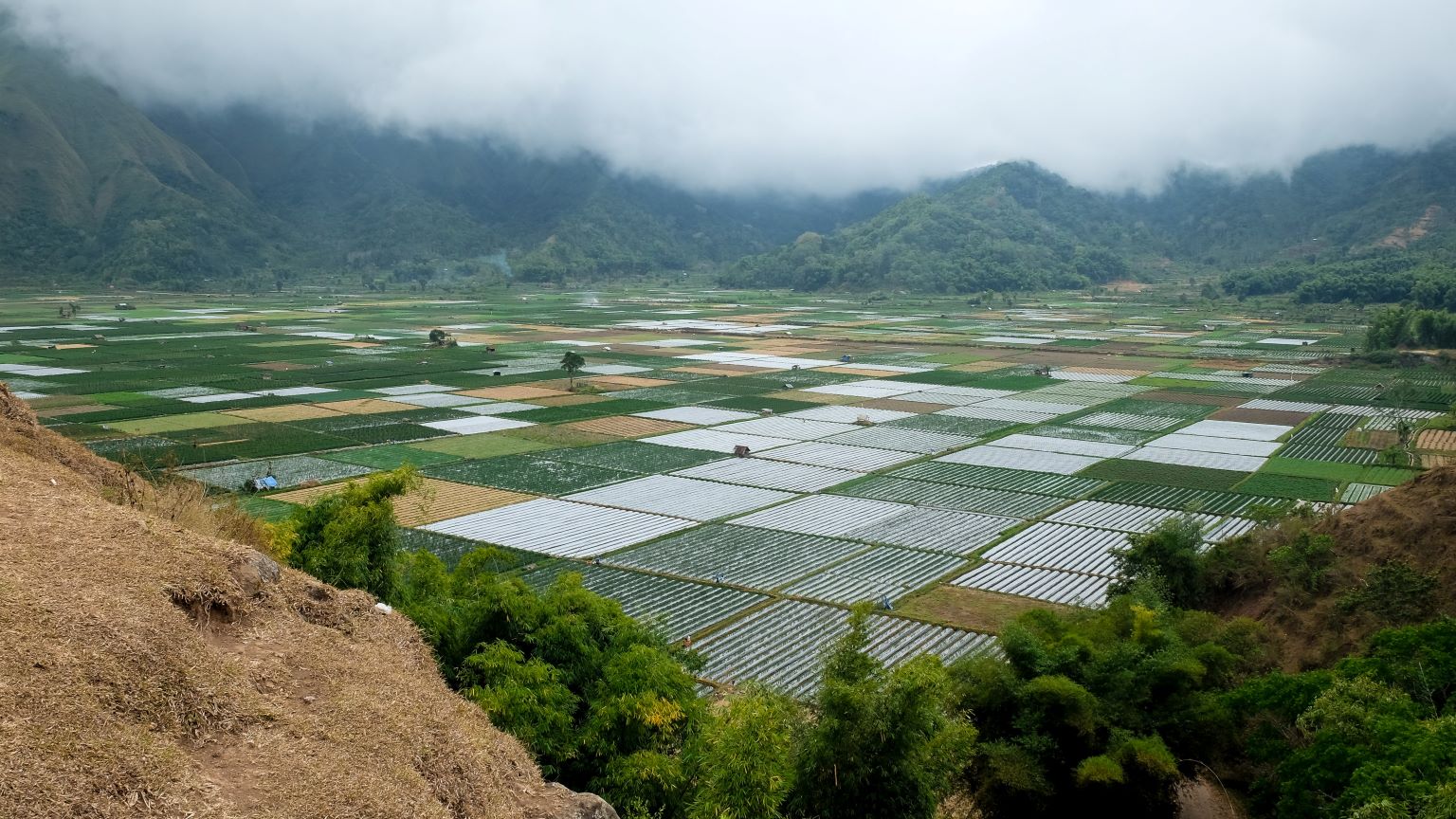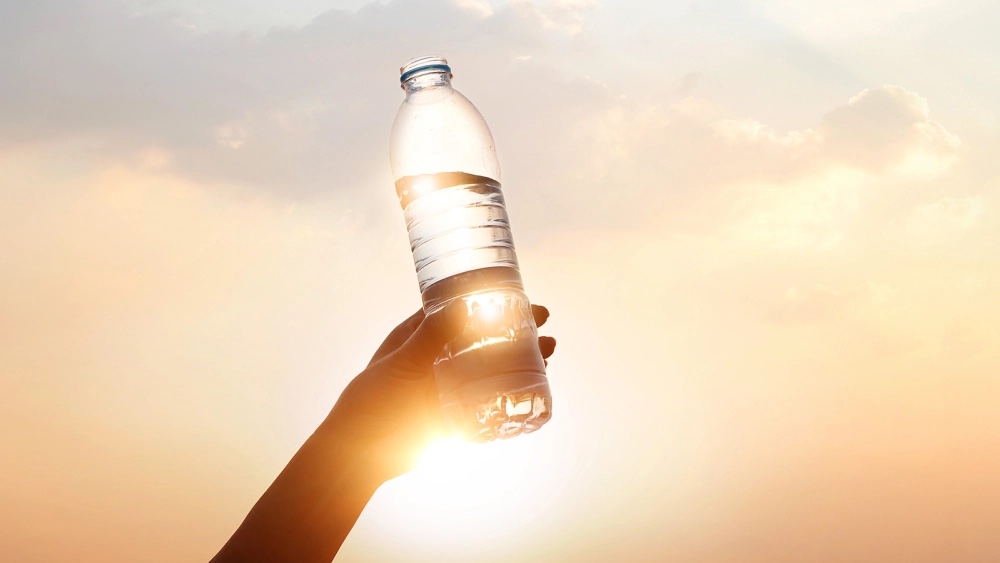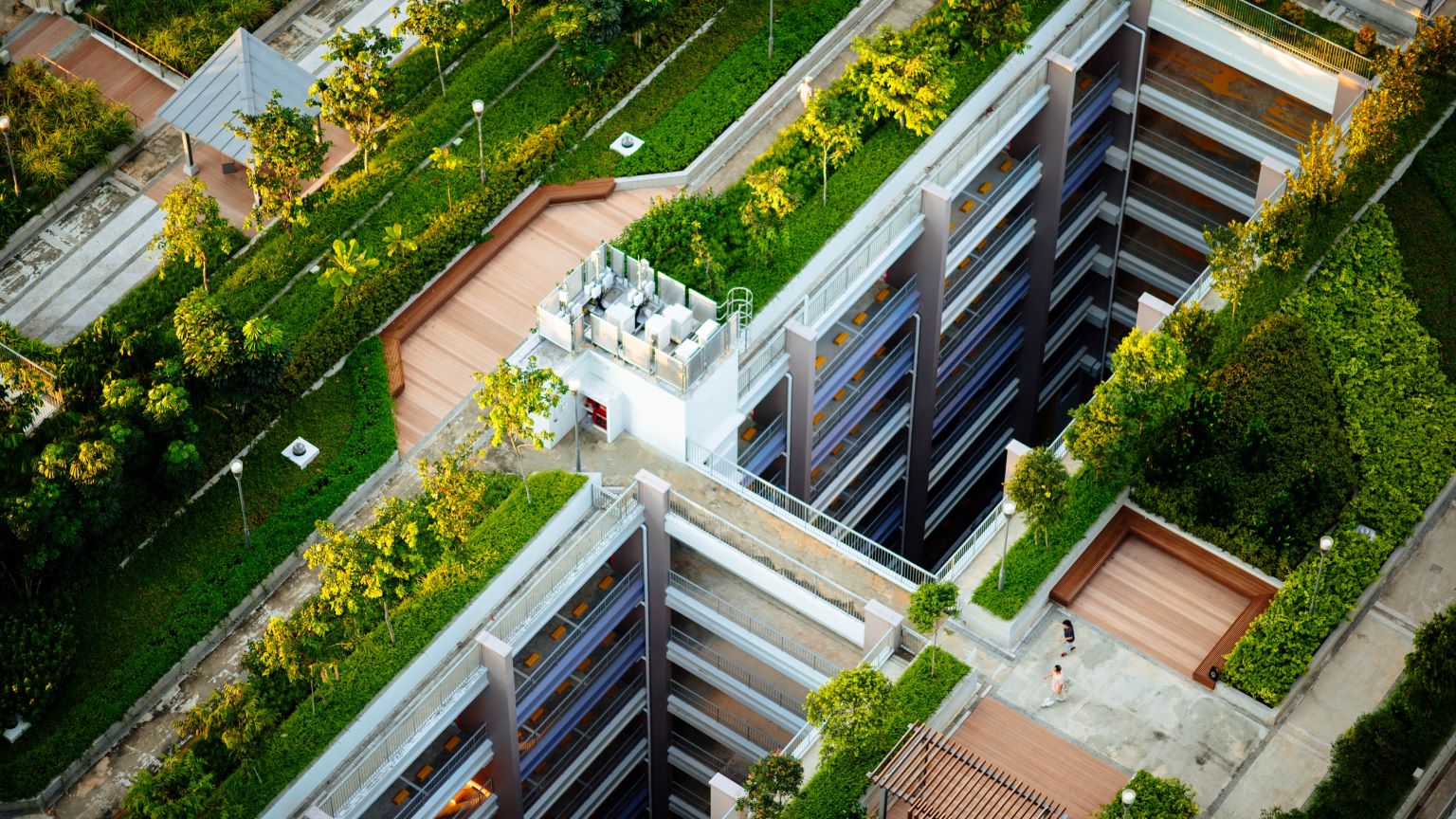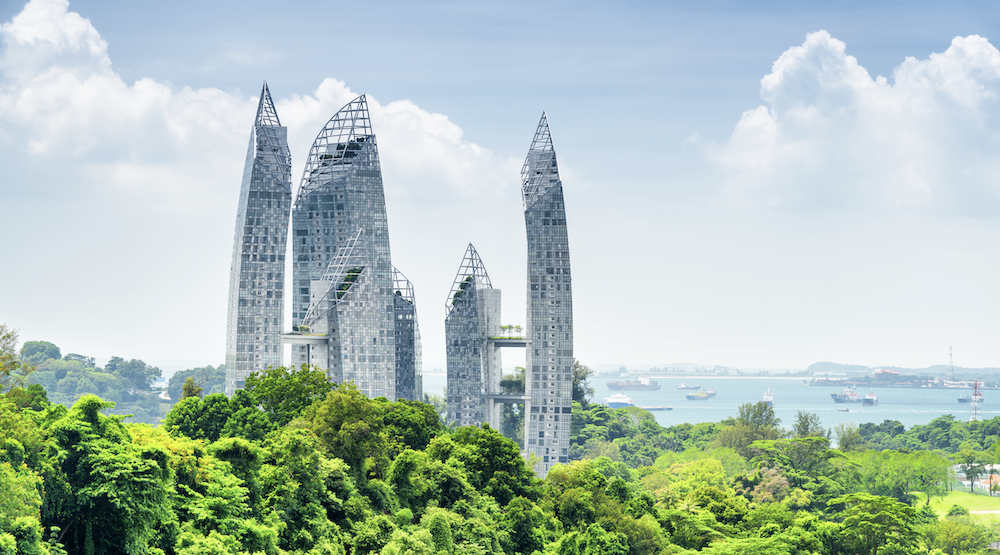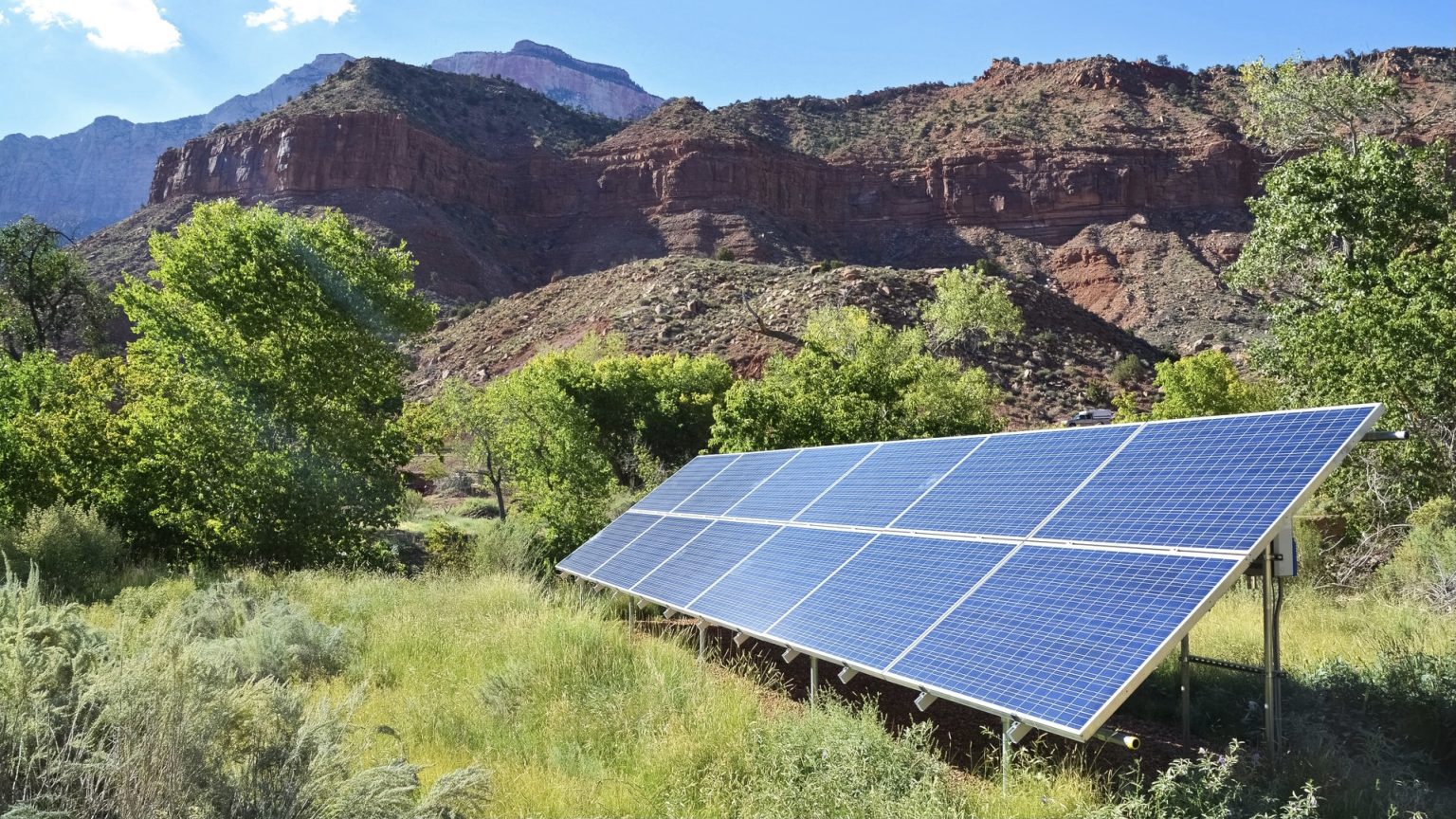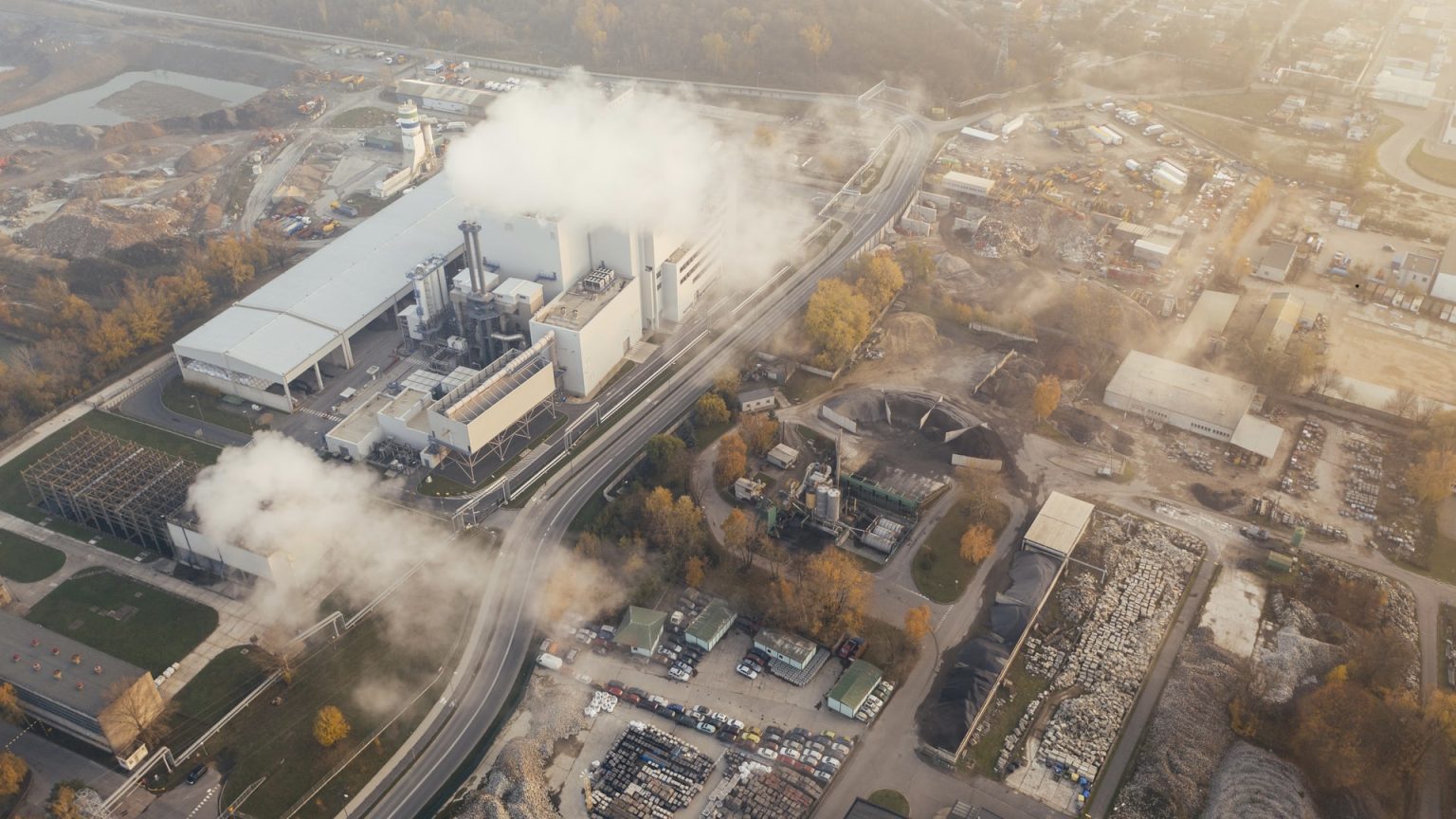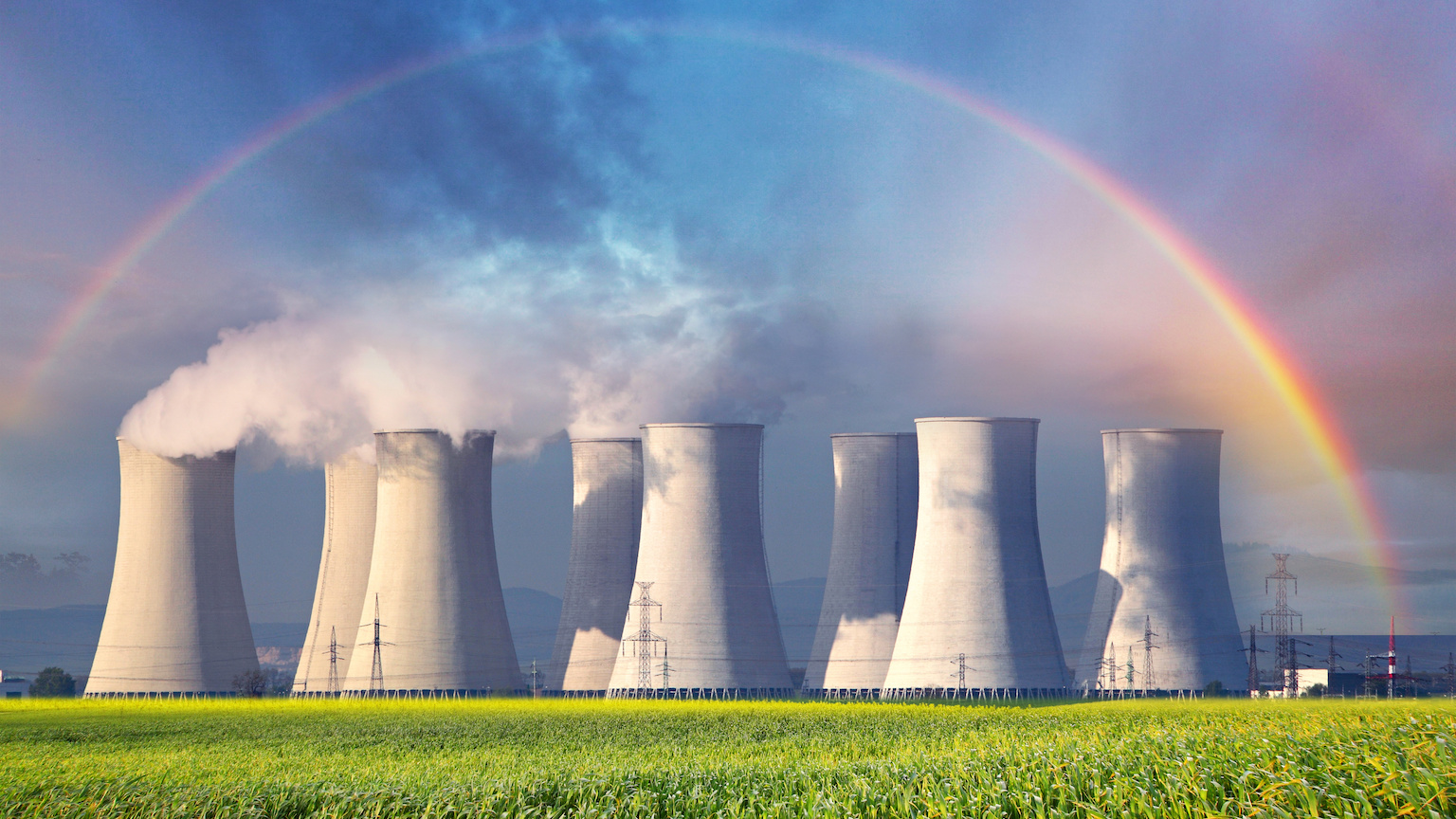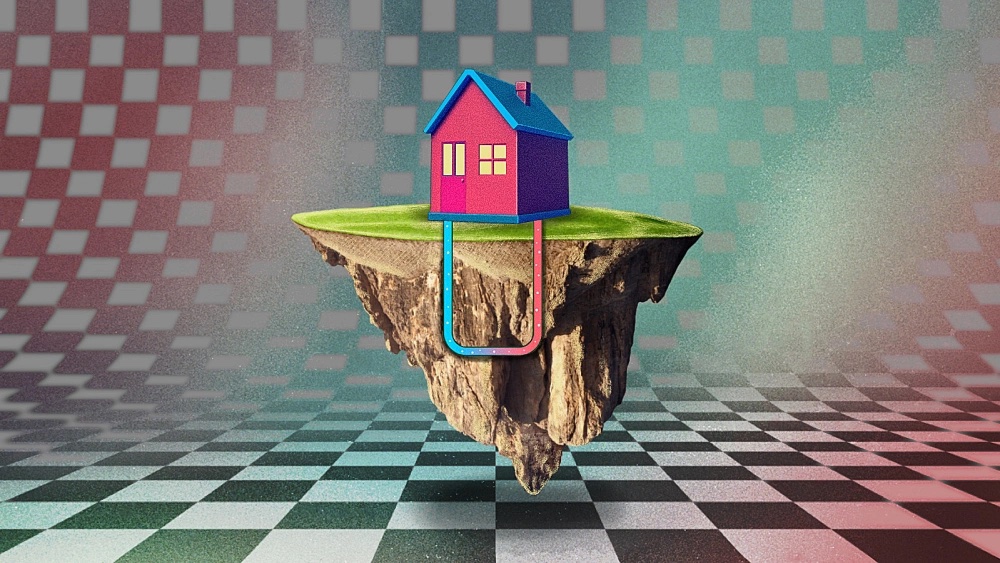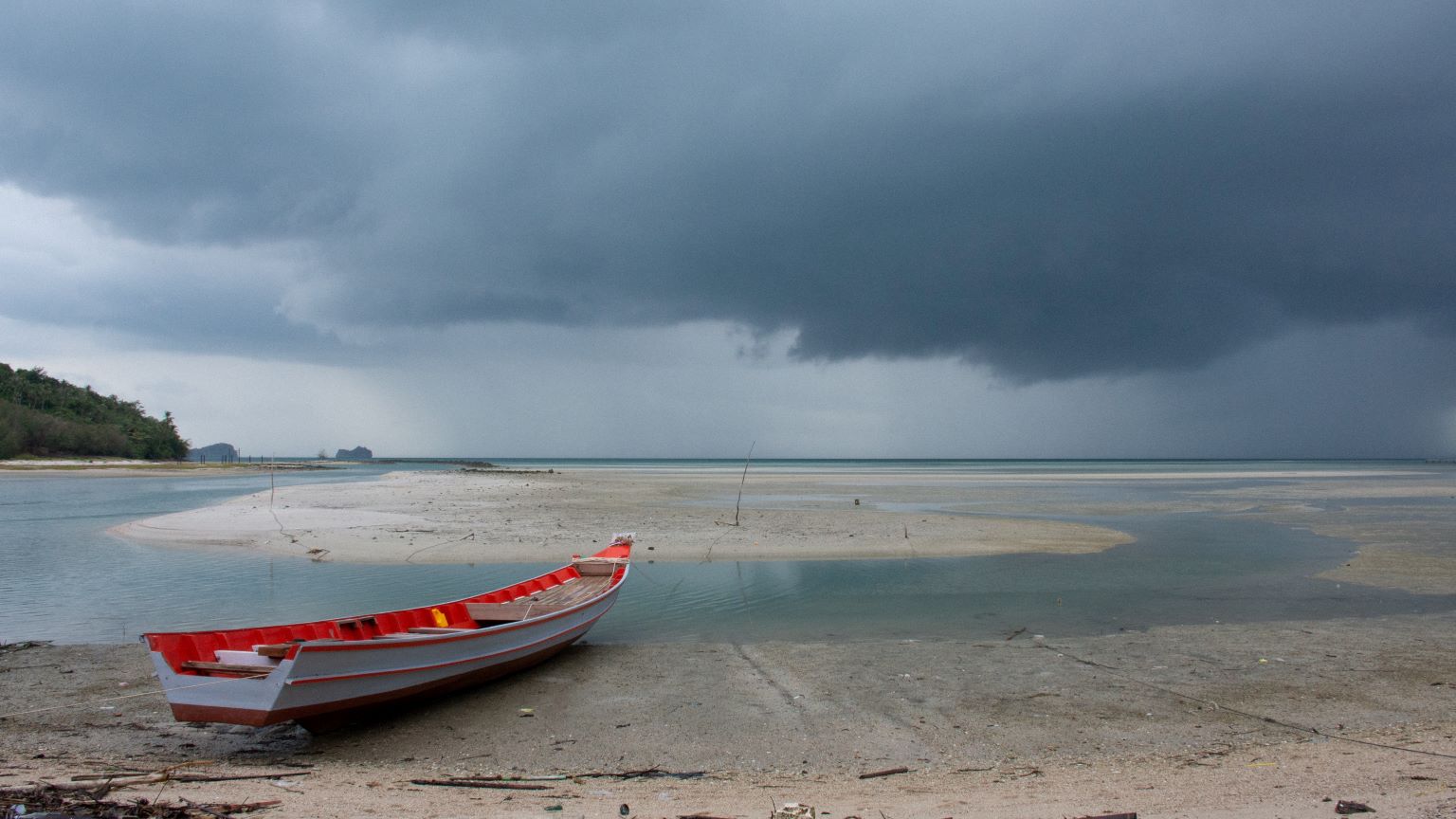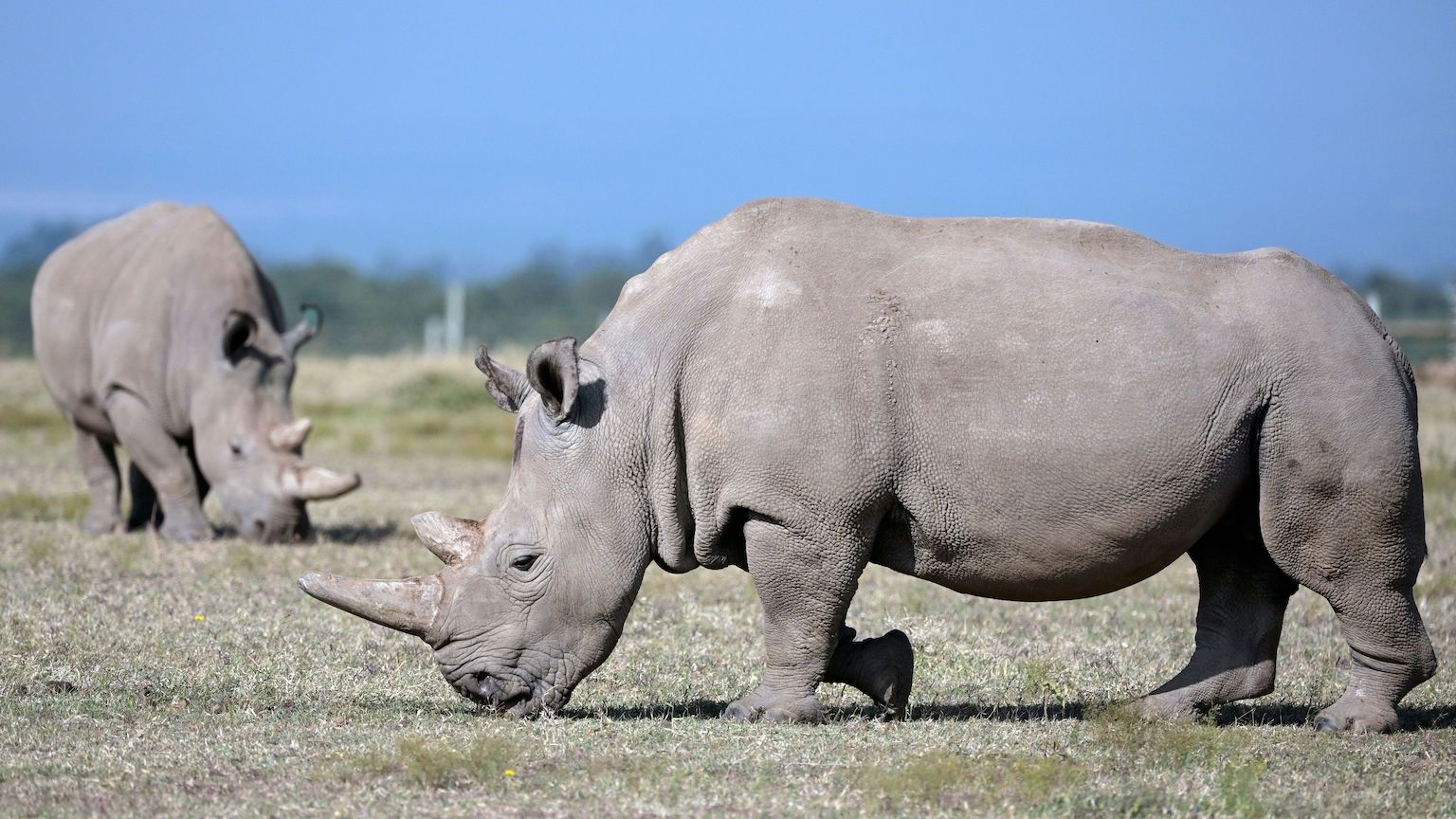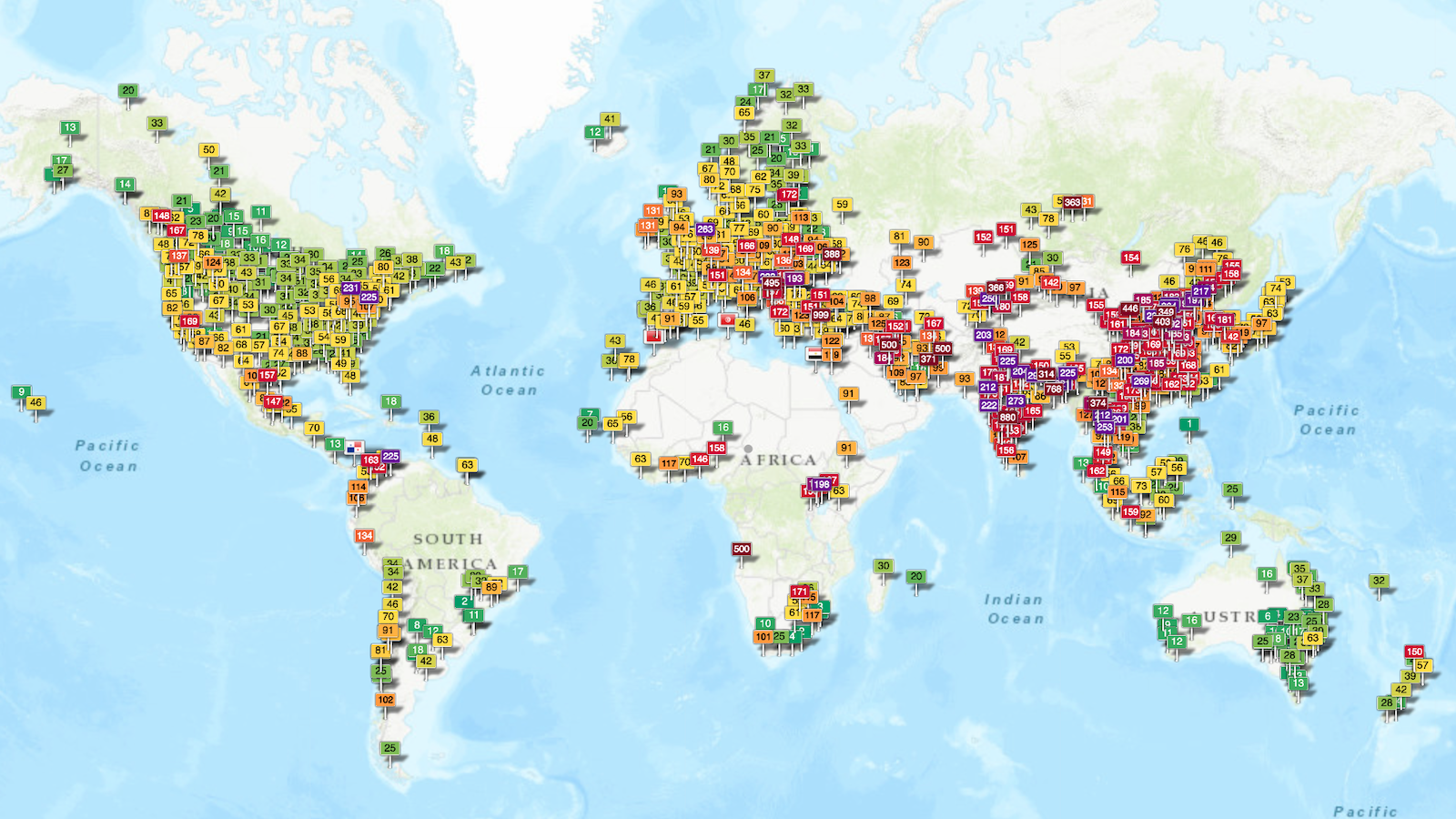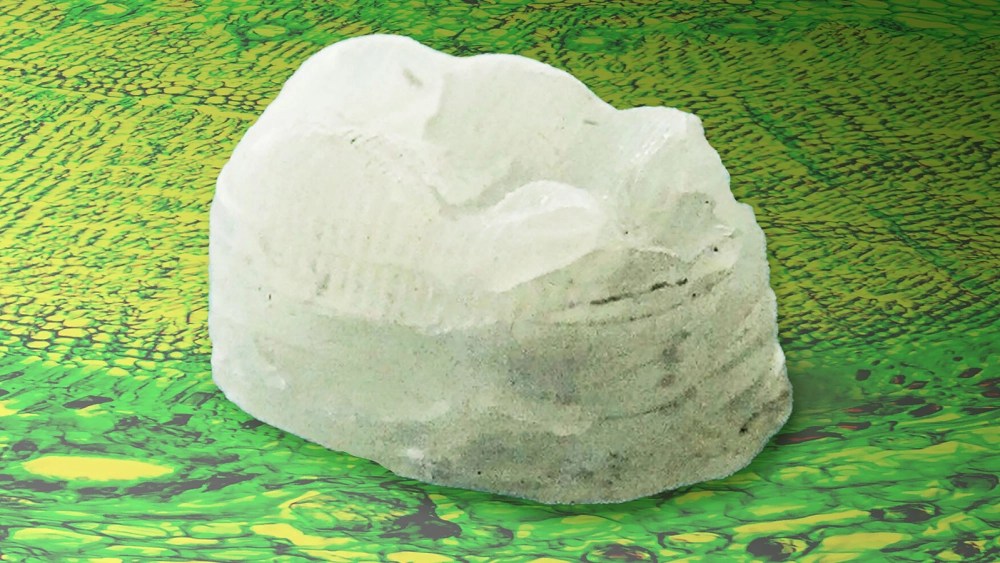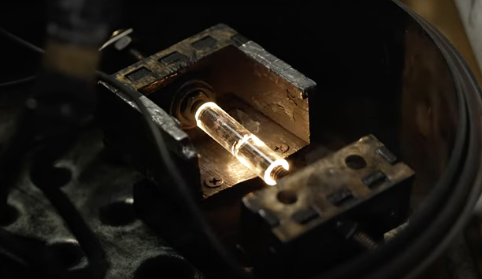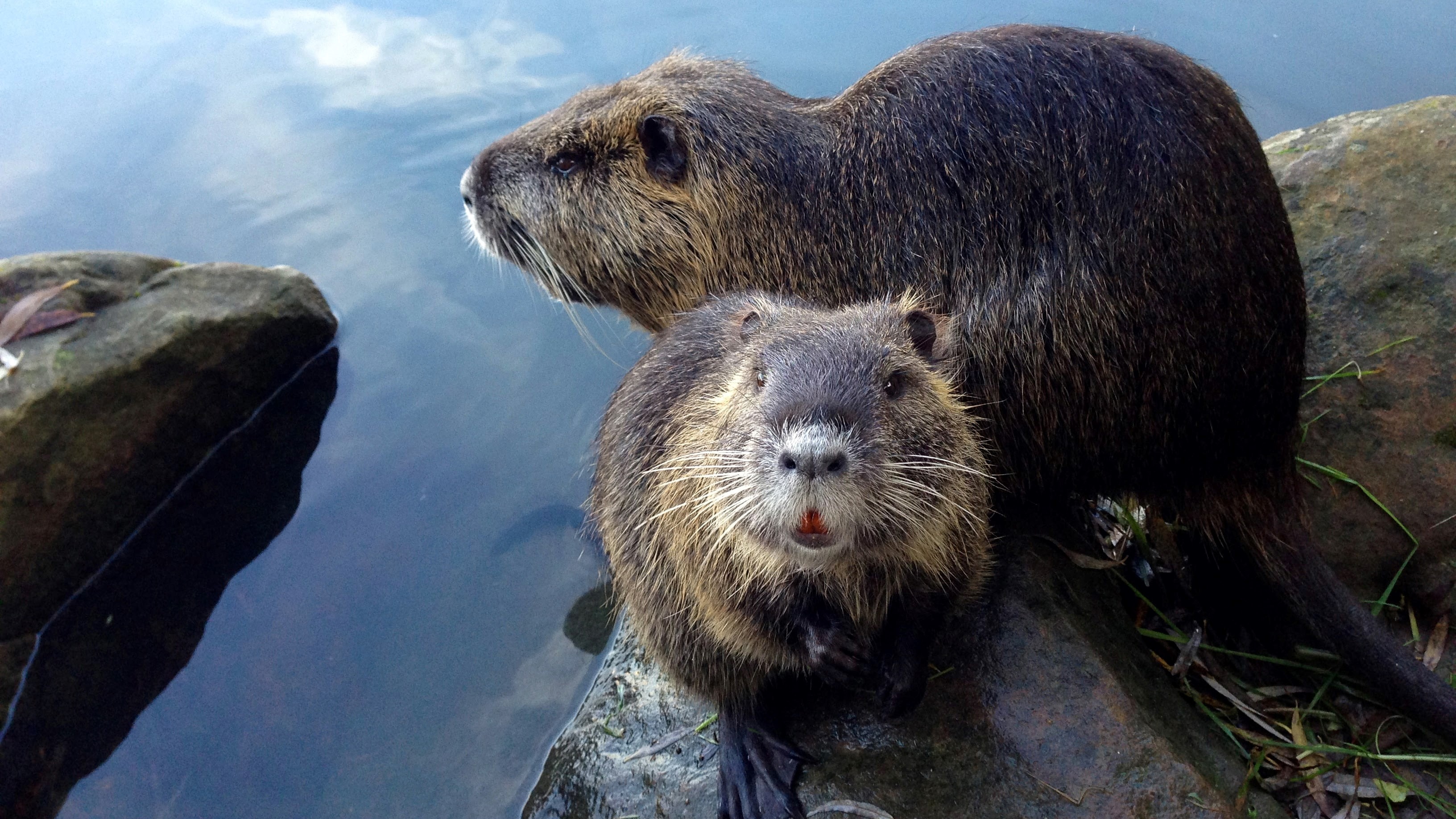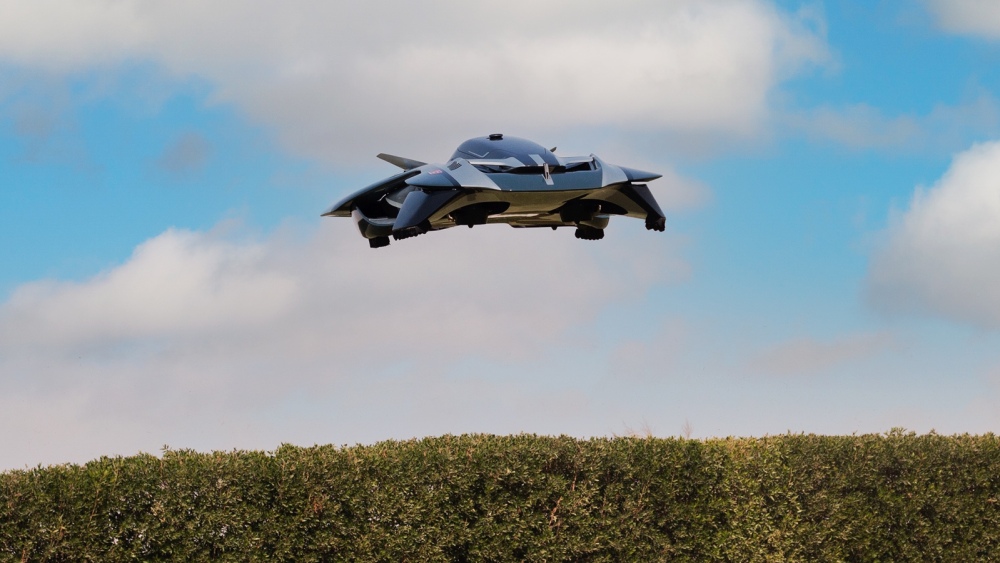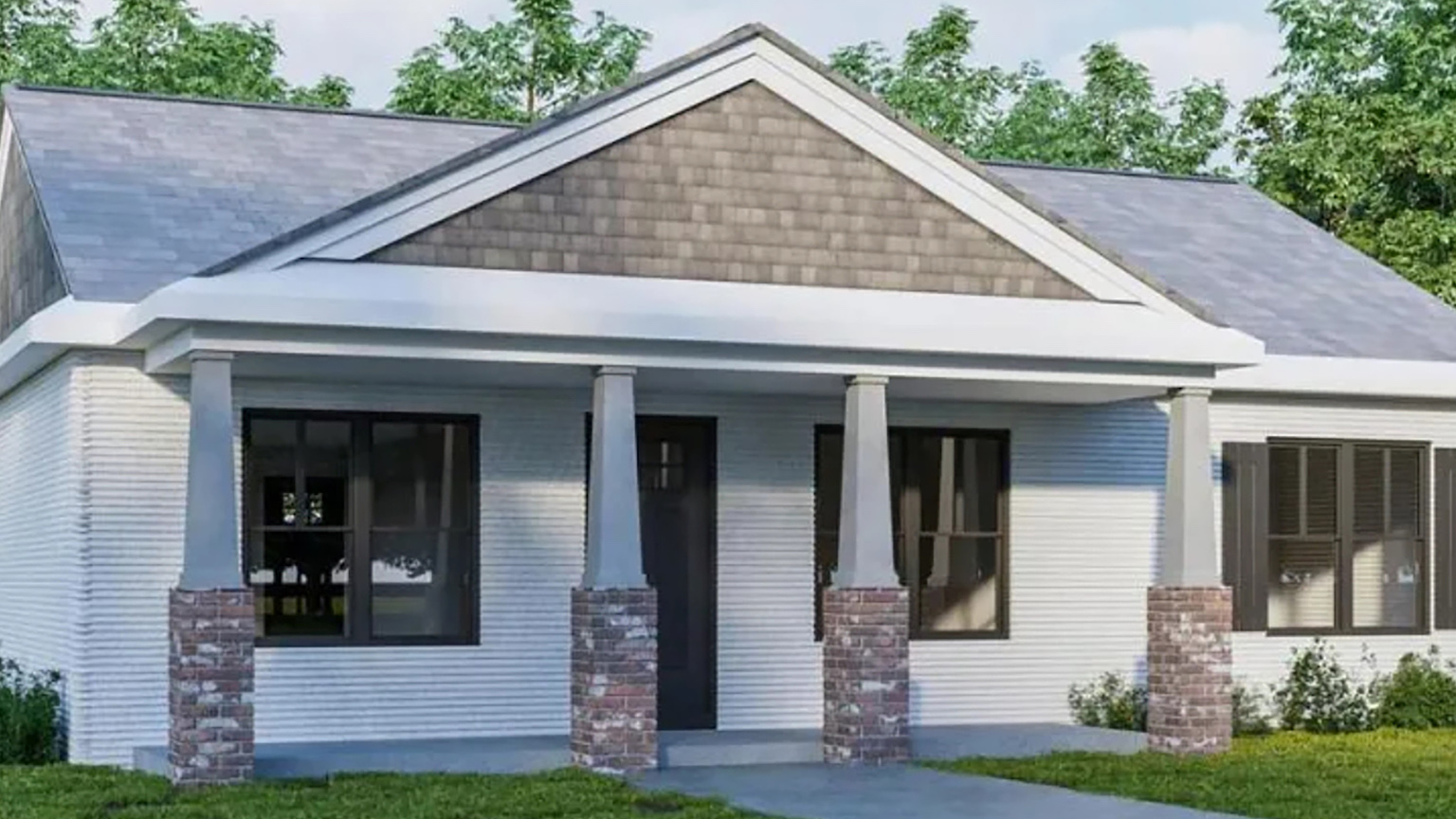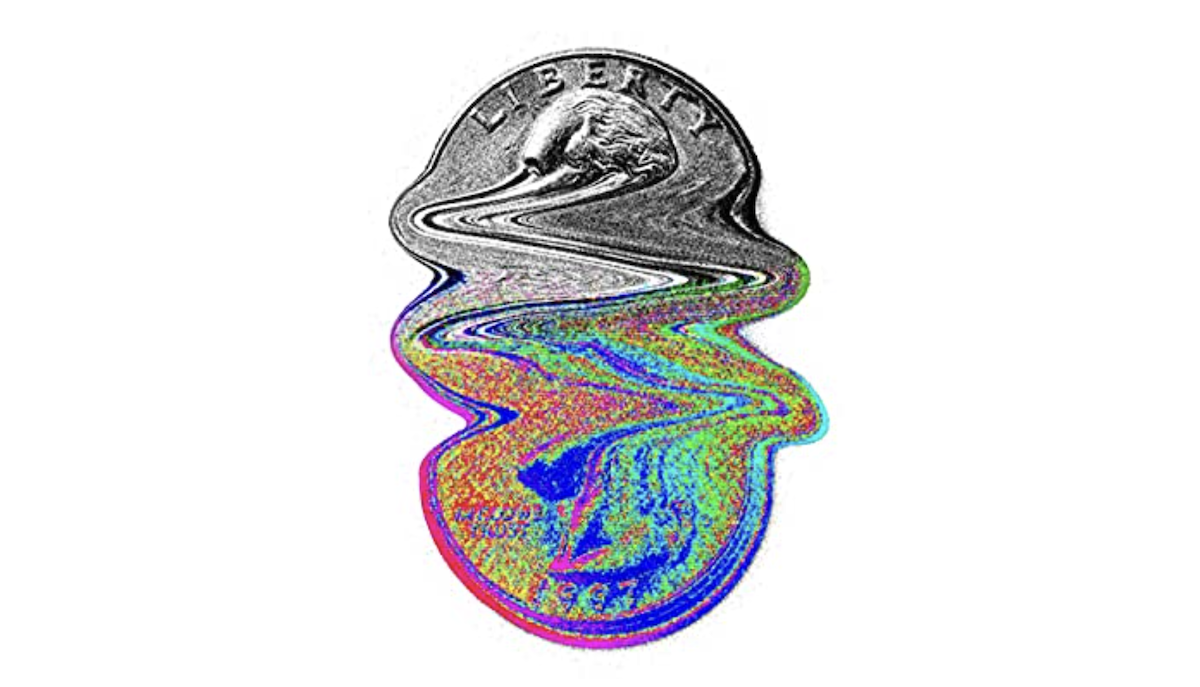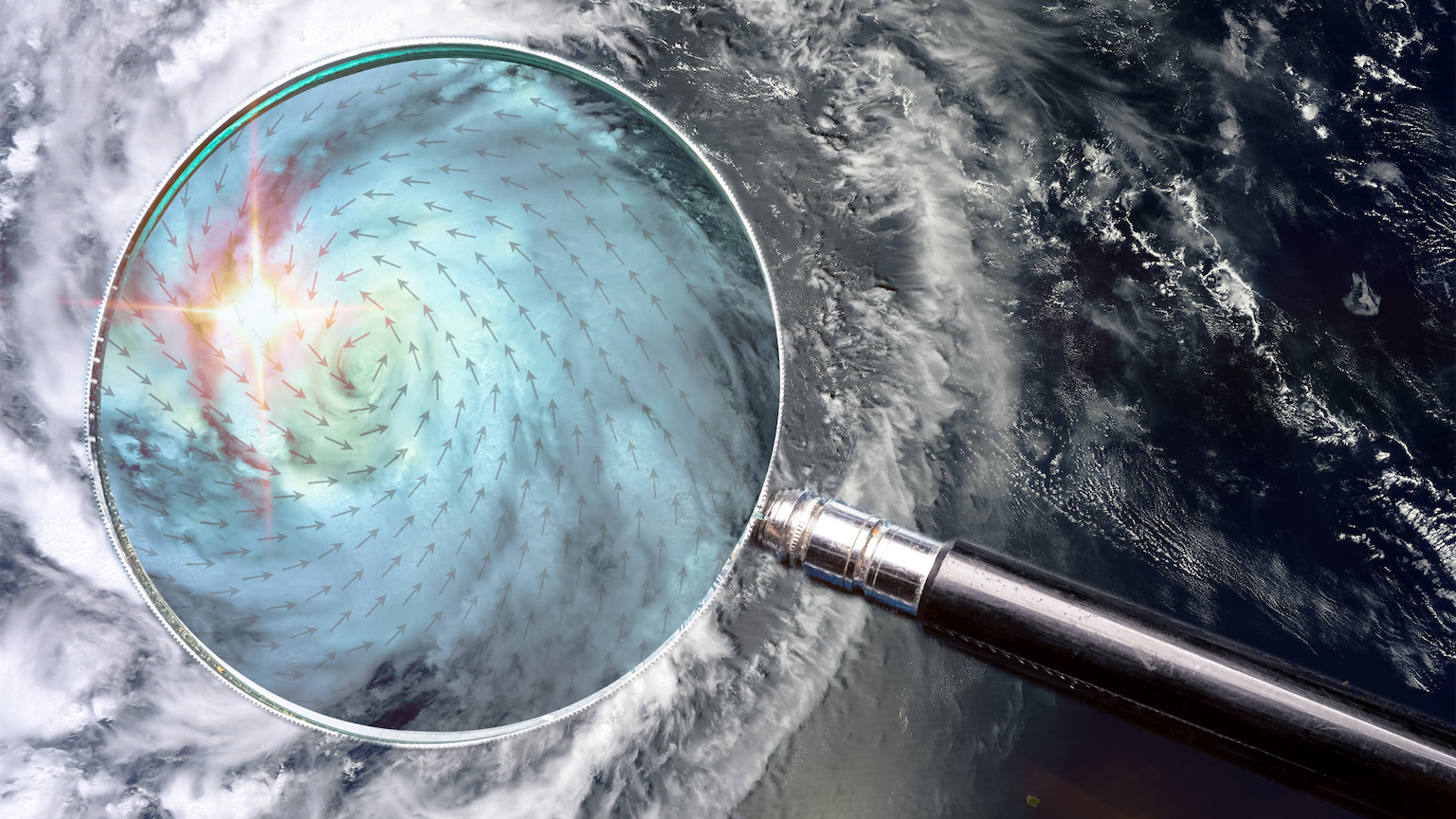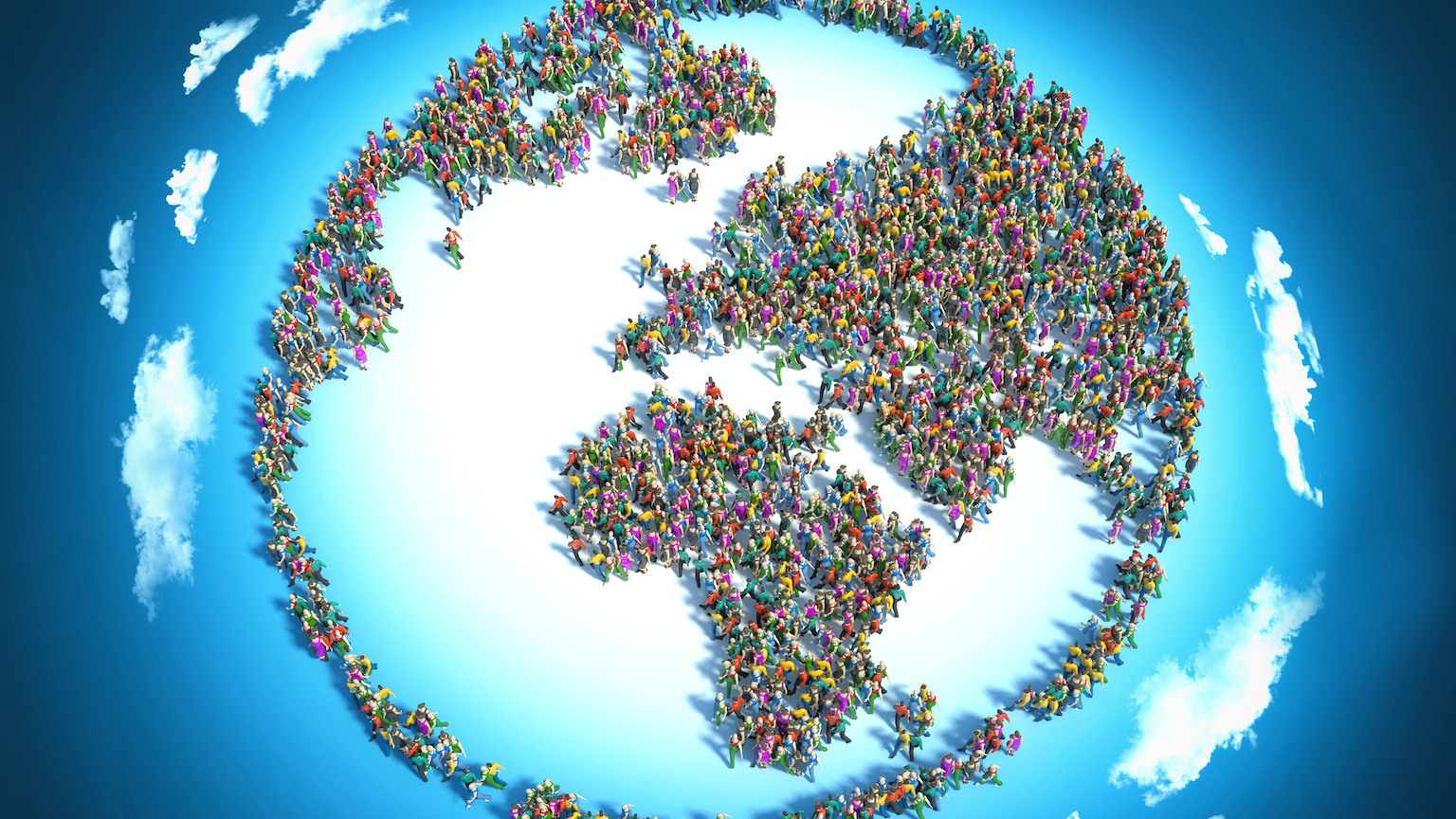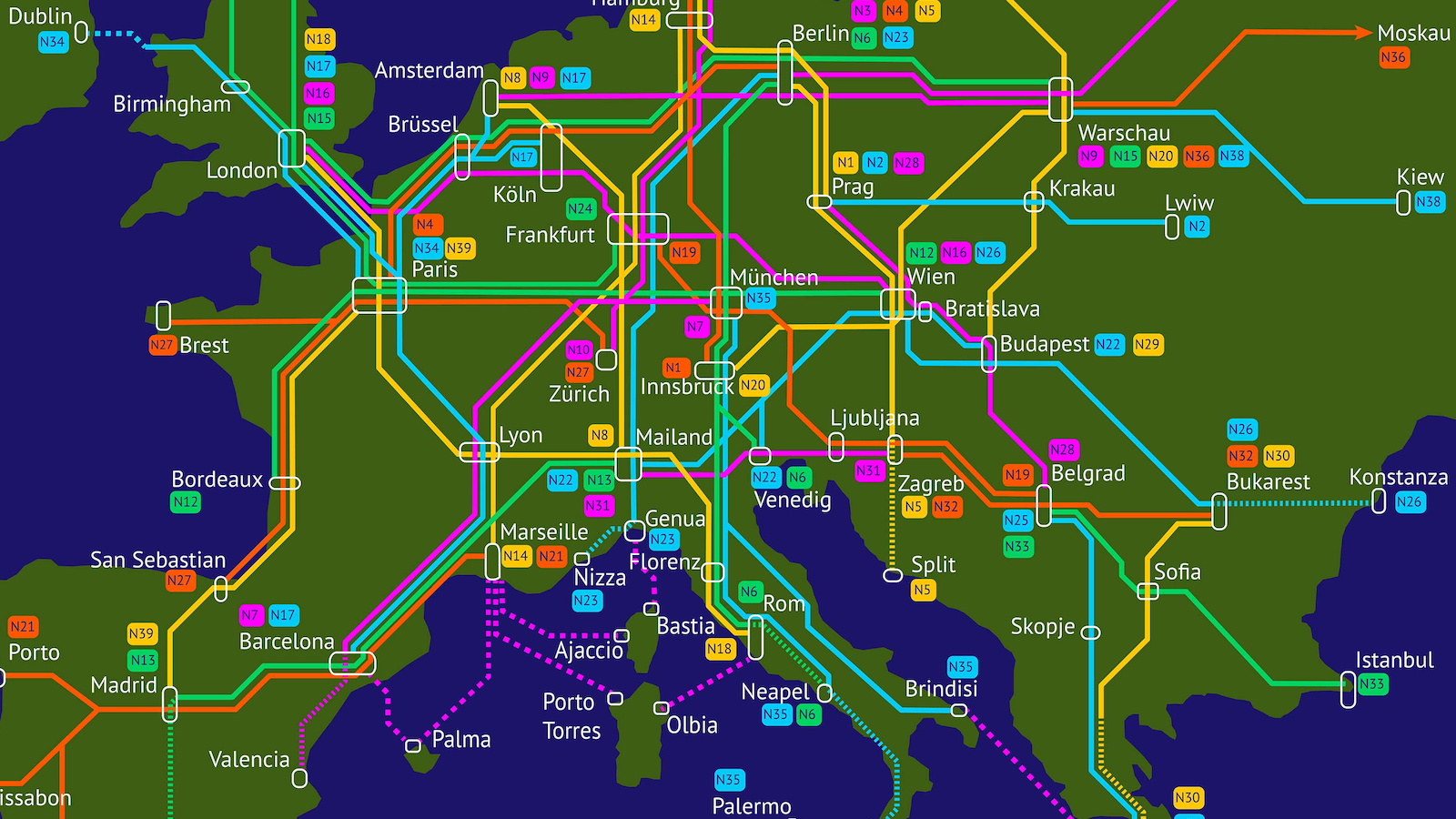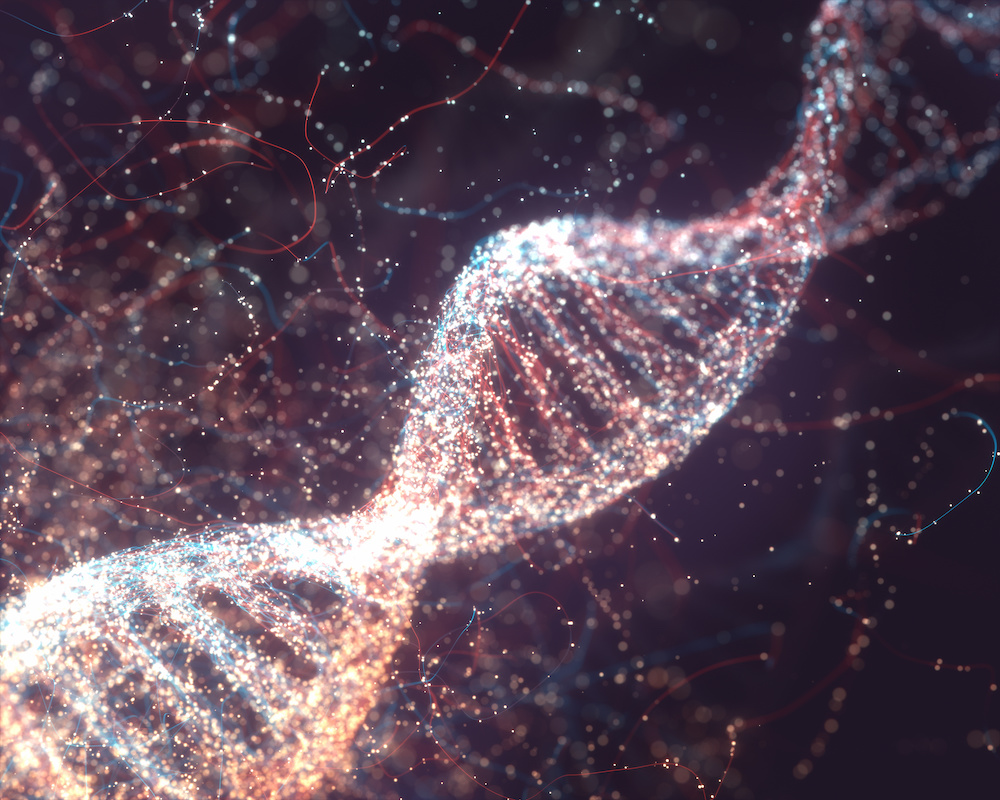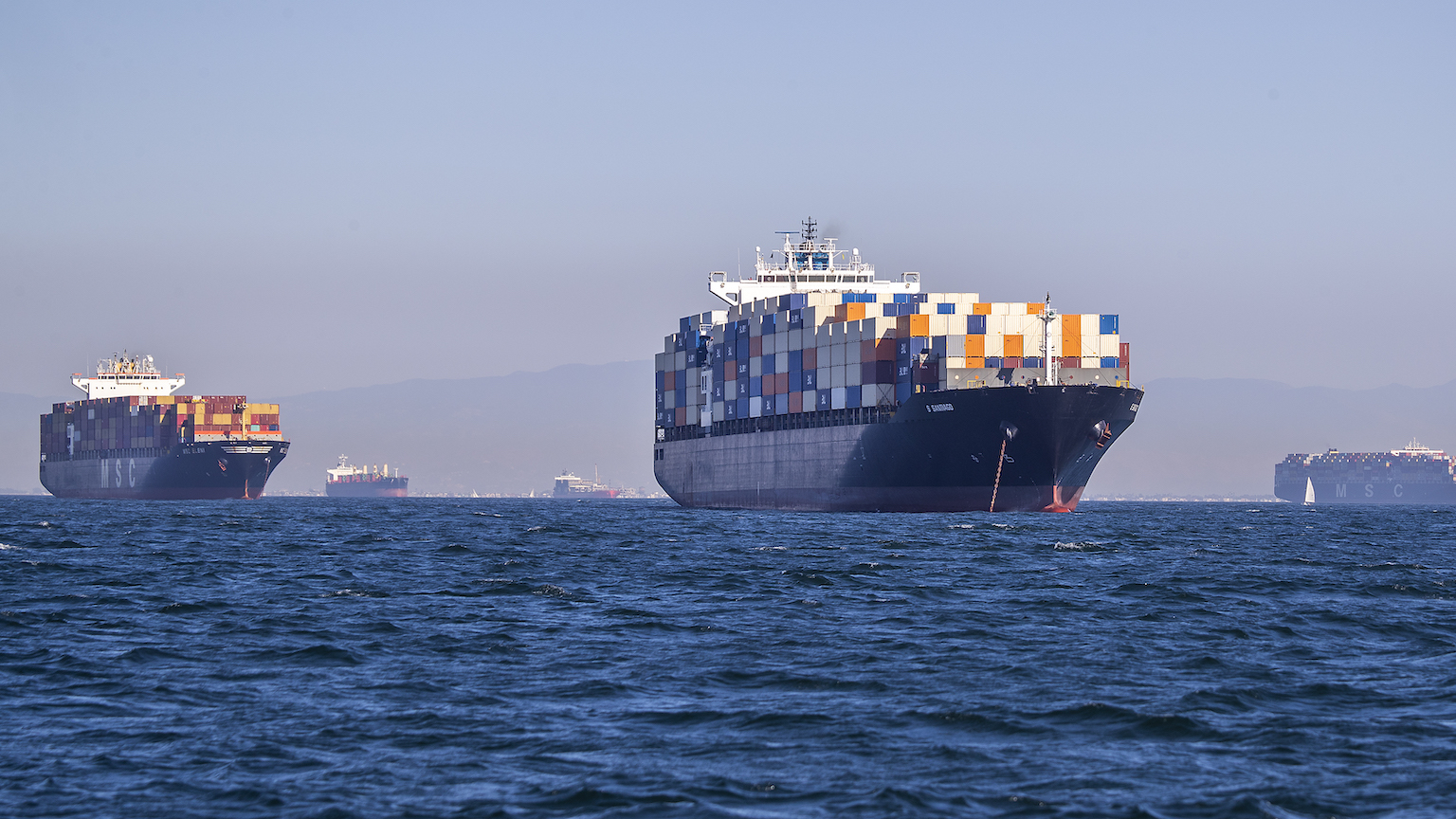Solutions & Sustainability
Can Detroit get its comeback right?
Fire-retardant gels and slimes combine the best attributes of water and foam.
One home was printed in 28 hours. Now, Alquist 3D is building 200 more.
This marks a historic moment in humanity’s relationship to the planet.
It could make enough drinking water for a family of four.
Best in class: Denmark and Uruguay. Worst in class: Papua New Guinea, Venezuela, and Russia.
An effect called the “urban heat island” means that temperatures are often 10 degrees higher in cities, according to NASA.
The Hyperloop is physically possible, but engineering challenges will make its construction very difficult. Also, accidents would be catastrophic.
Singapore is a breeding ground of truly green buildings.
Meet the power plant of the future.
Here’s how it works.
Two types of leaves for two different drastic weather conditions.
U.S. nuclear power plants are built to survive external attacks. Even missiles or a commercial aircraft strike would not cause a meltdown or radiation leak.
A community in Austin, Texas is using geothermal energy to keep homes warm in the winter and cool in the summer.
On Nov. 13, 1946, a scientist dropped crushed dry ice from a plane into supercooled stratus clouds.
Scientists at the San Diego Zoo are on a mission to resurrect the extinct northern white rhino.
The World Air Quality Index shows how clean your city’s air is, in real time.
Using cellulose from trees and a synthetic polymer, MIT researchers have created a material that “is stronger and tougher than some types of bone, and harder than typical aluminum alloys.”
A new method of extracting rare-earth elements could put us on the track toward a circular economy.
The world’s great whales aren’t just vulnerable where they congregate, but everywhere they roam.
Letting nature’s expert engineers lead the way.
This flying car — more properly called an “electric vertical takeoff and landing (eVTOL) vehicle”
— will seat five and fly up to 135 mph.
Made from concrete, it cost 15% less per square foot to construct than a typical house.
Digital currencies are set to upend paper currencies, but it likely won’t be the decentralized utopia some hope it will be.
Driving Teslas and planting trees are nice, but methane reduction, industrial efficiency, carbon removal, and a moderate carbon tax are the most efficient ways to fight climate change.
Society incorrectly blamed a “population bomb” for problems that had other causes. A wrong diagnosis produces ineffective solutions.
With sea levels rising, the Dutch are pondering floating cities — while also exporting their engineering know-how to turn a tidy profit.
The “Euro Night Sprinter” map is utopian, but Europe’s rail future could look a lot like it.
In an excerpt from her recent book, the behavior geneticist Kathryn Paige Harden carefully explores a topic that’s often considered taboo: how genetics affect life outcomes.
Solving the supply chain crisis before the global economy tanks is going to require many creative approaches. Flexport’s Ryan Petersen has one that just might work.



